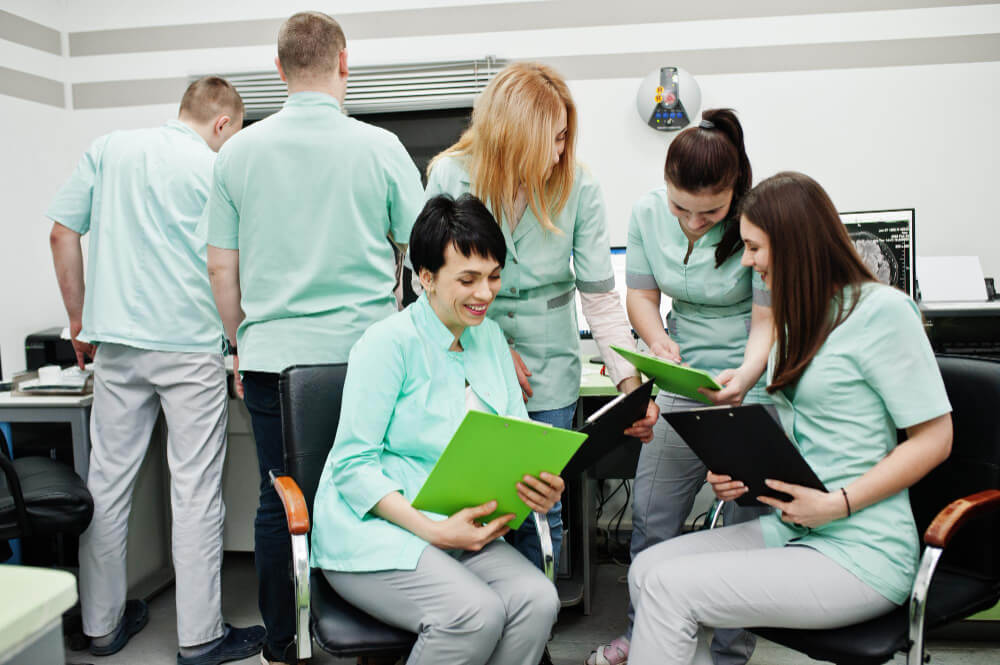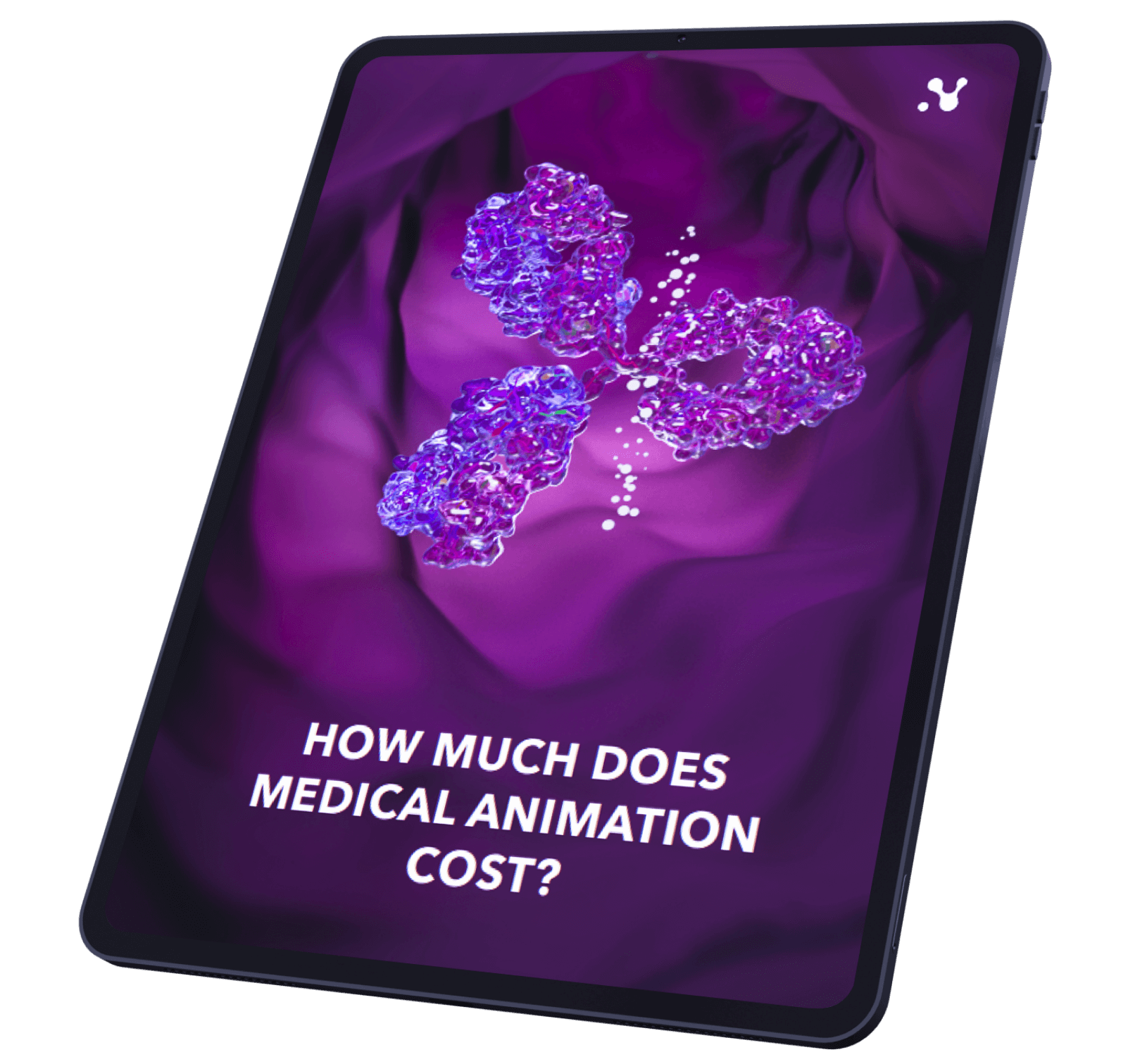The famous saying “live and learn” exists for a good reason: learning and development accompany us throughout our lives. And it is particularly essential to continually progress in your chosen specialization, even after graduating from your educational institution and throughout your professional work.
In the field of medical affairs, new employees often go through development programs to learn the specialized skills needed for their work.
Such programs (if wisely created) can considerably upgrade the skills of an employee and make his/her future work more efficient.
So the question is: how to create a perfect learning & development program that fulfills the unique needs of the medical affairs department? We have the answer.

First of all, you need to be aware of the specific difficulties that occur during the learning process. Such as:
- Content Complexity – A vast amount of facts, figures, and procedures that need to be known and interpreted, which is, obviously, no easy task.
- Strongly Regulated Environment – All study information should meet numerous medical, legal, and regulatory reviews and approvals to provide a guarantee that every single piece of the program is correct.
- Need for Implementing Modern Learning Approaches – Nowadays, traditional learning techniques are not always relevant and effective, so it’s time to use innovative learning tools and methods.
Therefore, when making a Learning & Development program, you should consider the above points and develop them in such a way to avoid possible problems. And the best way to do that is to structure and clarify the information.
Experts recommend dividing a Learning & Development program into 3 phases. These are:

1. Onboarding
This phase aims to lead all participants to the same level of knowledge. It is crucial, as some learners can already have particular experience, while others are beginners in the field of medical affairs. Additionally, different people interpret content in their own way, let alone employees hired at different times and locations throughout the world.
Consequently, it is not efficient to gather all learners in one place for the first phase of learning the basics.
The best way is to organize the onboarding phase in the way of self-directed study that includes interactive tools. Using such online-learning, participants can acquire knowledge at their own pace and skip familiar topics.
The knowledge obtained with this self-directed interactive learning serves as a foundation for the advanced L&D phase.

2. Advanced training
This phase is meant for applying and deepening the knowledge gained at the onboarding stage. It activates passive knowledge and makes it easily accessible and “ready-to-use” in professional life as medical affairs.
Furthermore, the phase of advanced training also eliminates misconceptions of the learners, which is normal and inevitable in the learning process.
Experts say the best success of Learning & Development can be achieved by gathering the learners and letting them interact with each other. This includes discussing the essential topics to deepen their knowledge of each other, exchanging interpretations of the facts, closing their knowledge gaps, thinking critically to complete job-specific tasks, and aid team-building.

3. Ongoing training
After completing the onboarding and advanced training stages, participants still have to keep up with the new data and novel insights. And appropriate learning tools engage the learners to be up-to-date on their job. Examples of such ongoing training tools are interactive seminars, educational videos, and challenging tasks.
Conclusion
In conclusion, a learning program is effective as long as it requires some effort from its participants. Meaning, it should make participants use their brains; it has to be challenging – all in all, the aim is to learn and develop.
Quality materials are the most crucial part of the learning process. Contact our experts at Nanobot Medical Animation Studio to create high-class medical visuals for your learning program, and see for yourself the effectiveness of this approach.


